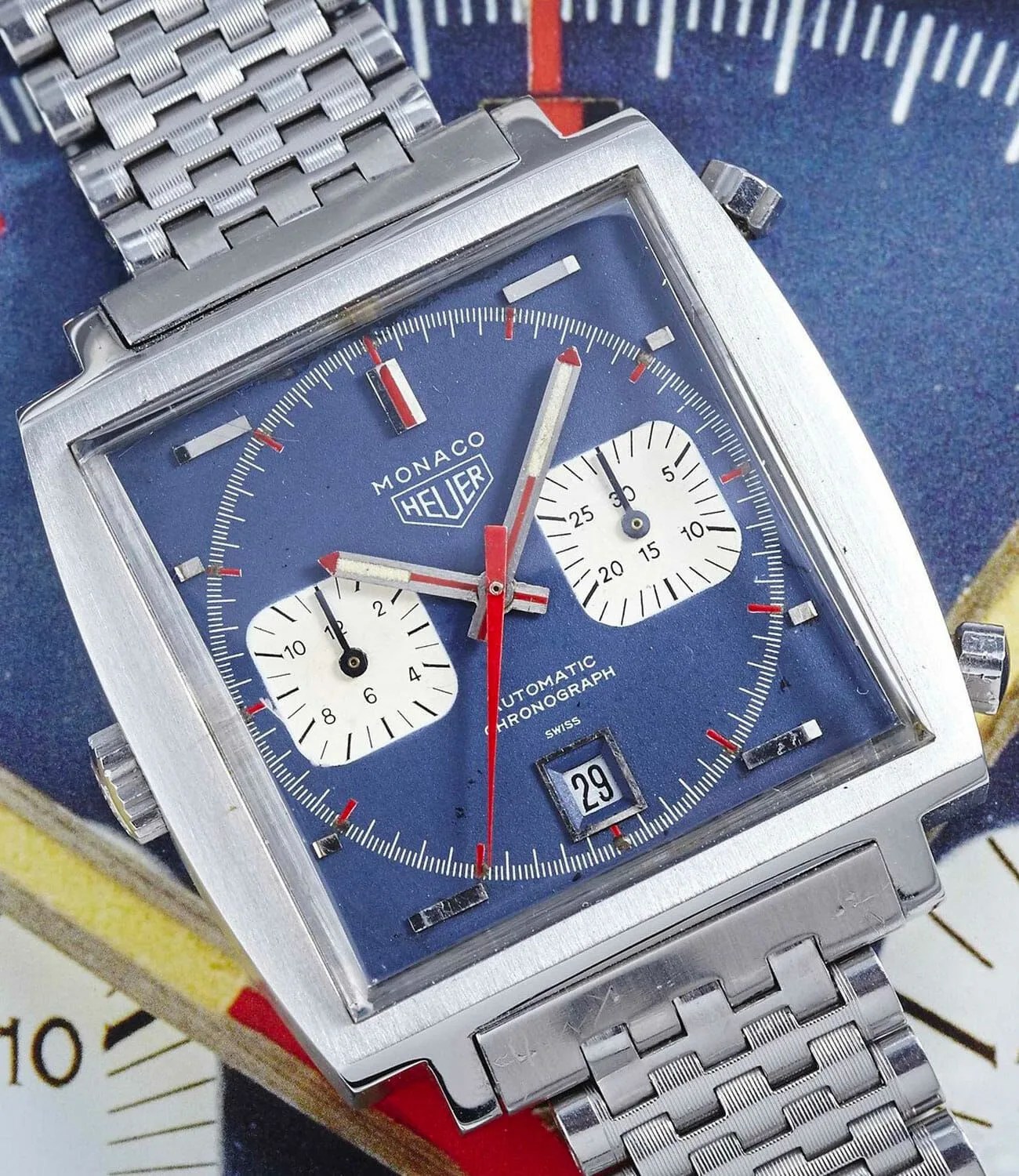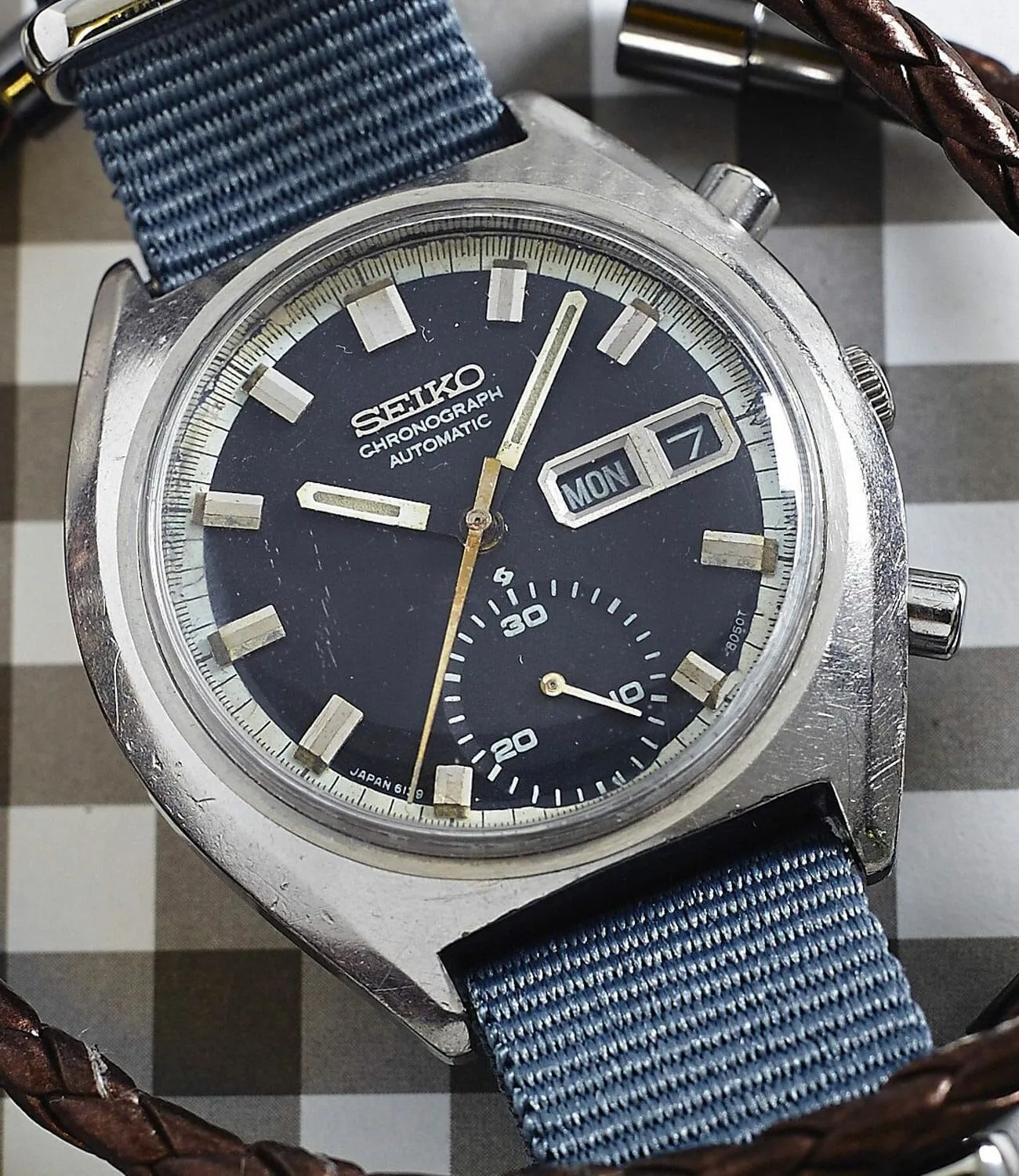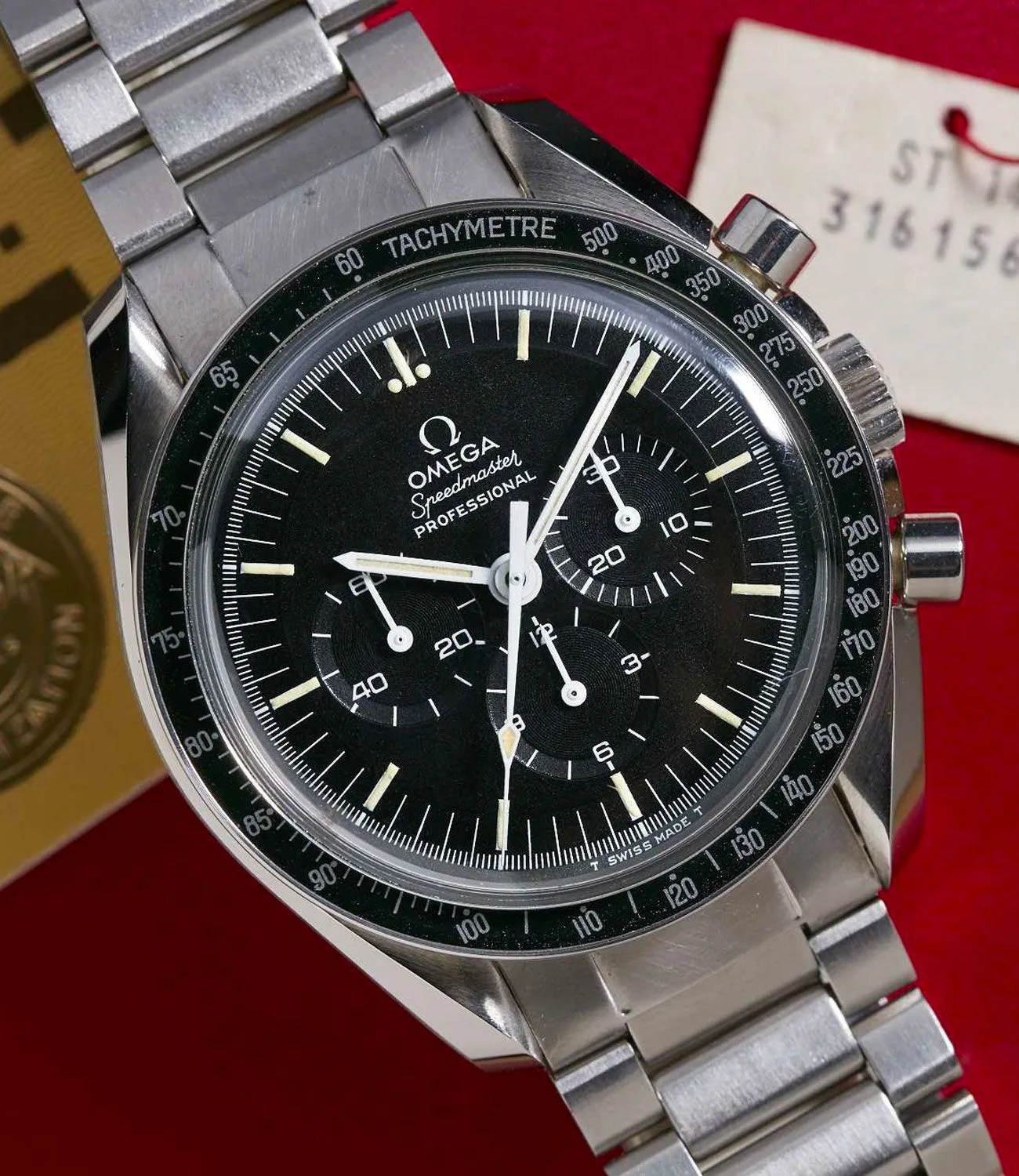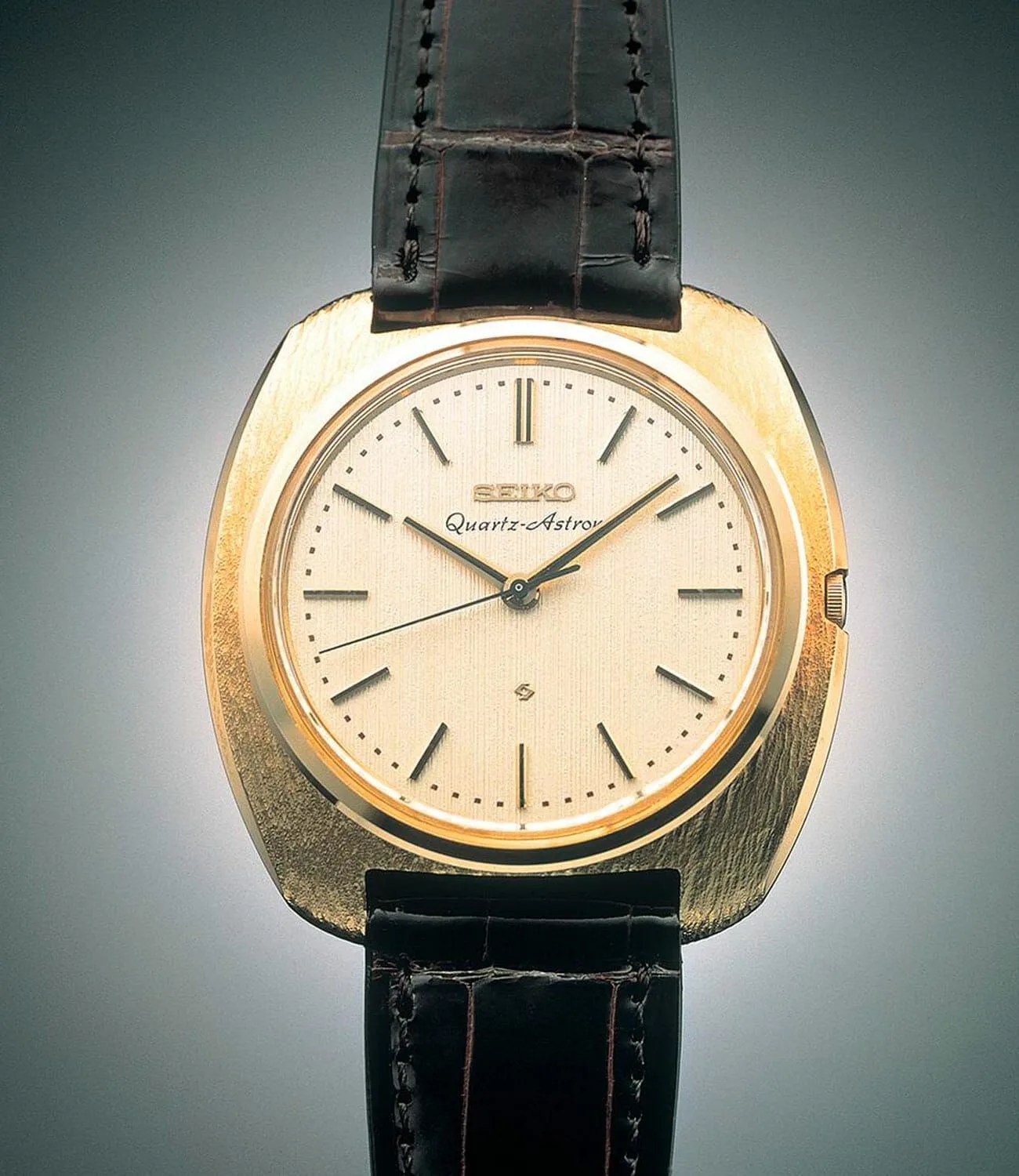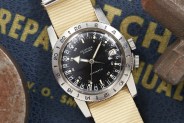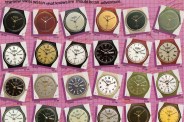So many significant world events and developments occurred in the legendary year 1969 that one can imagine Billy Joel writing a song that simply lists them — he could probably even dedicate a verse to watches. This was the year that a race between several major watch brands (Zenith, Seiko, and a consortium of Heuer, Breitling, Dubois Dépraz, and Hamilton-Buren) to be first to bring an automatic chronograph movement to market culminated in iconic timepieces that people can’t stop talking about even today.
Also significant for chronographs was the first human being stepping foot on the moon, accompanied by an Omega Speedmaster that would later become known as the “Moonwatch.” Finally, and forebodingly for the mechanical watch industry, Seiko sold the first-ever quartz watch, the inaugural event of what came to be known as “The Quartz Crisis.” Now, 50 years later, all these developments are still being felt in the watch world. Below, we examine some of the most significant watch developments from 1969 and their modern counterparts.
Zenith El Primero
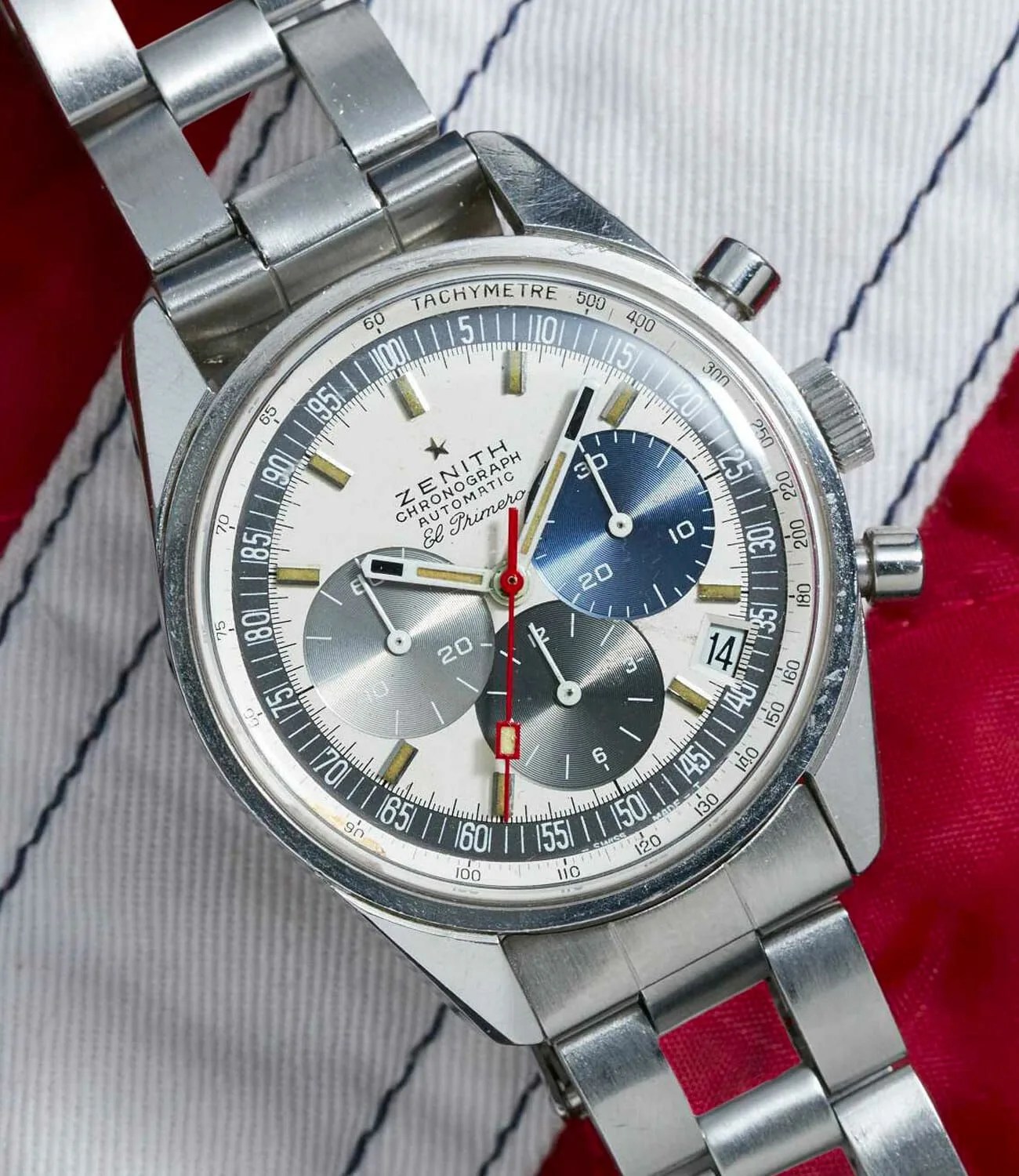
El Primero means “the first,” of course, but people still argue and parse terms today about which watch company won the automatic chronograph race. More important is that all three competing parties presented groundbreaking products in the same year, making consumers the real winners.
Zenith did a couple things to stand apart from its competitors, however, by making a remarkably accurate movement that operated at the atypically high frequency of 5Hz at a time when 2.5Hz was common. Of the manufacturers that produced automatic chronographs in 1969, Zenith produces the most convincing modern link to that heritage — today, you can still buy Zenith El Primero watches containing what can be considered an evolution of the original El Primero Calibre 3019 movement of 1969.

